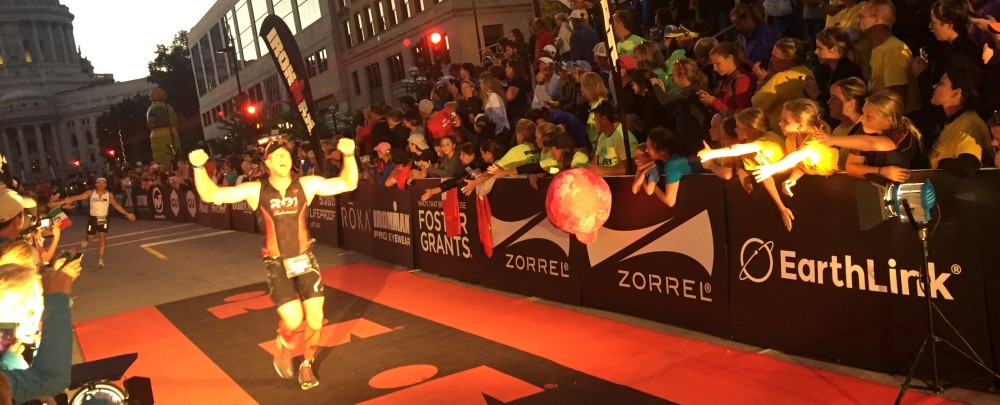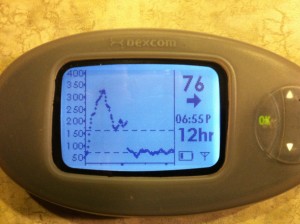Today was an incredible day. Regardless of political persuasion, you have to have respect for the fact that the President of the United States was sworn into office today. (Ok, yes, he was sworn in yesterday in a private ceremony because the constitution says that the POTUS is to be sworn in on the 20th day of January.)
And it was Martin Luther King Day. A day to remember one of the most historic movements in United States History. In a time when many of our heroes are falling down, it is wonderful to remember a man who made so much positive change in the world. Dr. King once said, “Life’s most persistent and urgent question is, ‘What are you doing for others?'”
And this is what has spurred the President’s National Day of Service. Today is a day for people to come together and serve to help their friends, neighbors and community. I urge you to take some time and give back. Do it in a way that makes sense for you. What do you care about? Who is important in your life? How can you make positive change in the your world? Small gestures make big changes for the people you serve.
It is no secret that my service lies with the JDRF. You hear of what my family faces on a daily basis due to living with T1D in the family. This is a 24/7 disease with no breaks. There is no time off. Ok, maybe I received some time off during the artificial pancreas trial, but that is not a normal situation available to everyone, and if I am to share one statement from that experience? “Every T1D deserves to get some time off!”
So I pose the question, “Is a National Day of service enough?”
I just am not sure that is the case.
So, I will ride, and run to provide my service to the JDRF.
And here are the events I will do:
Tobacco Road Marathon, March 17th, North Carolina. Donation: http://jdrfevents.donordrive.com/index.cfm?fuseaction=donorDrive.participant&participantID=15437
April Fools Half Marathon, April 7th, Atlantic City, NJ. Donation: http://jdrfevents.donordrive.com/index.cfm?fuseaction=donorDrive.participant&participantID=15620
Mike’s Miles 5k at Cedarvale Winery, April 20th, Logan Township, NJ (My wife organizes this one): Registration: https://runsignup.com/Race/NJ/LoganTownship/MikesMilesfortheJDRFCedarvaleWinery5K1MileFunRun
JDRF Ride to Cure Diabetes, July 27th, Burlington, VT. ride.jdrf.org
JDRF Ride to Cure Diabetes, September 21, Nashville, TN. ride.jdrf.org
If you are able to give back to your community, I urge you to do so. There are so many ways:
1. Coach your kids ball team
2. Serve at your church or synagogue
3. Volunteer with a local non-profit you believe in
If you are part of the T1D community, I believe you should volunteer with the JDRF. Those of us living with T1D over the last 40 years have reaped the rewards of volunteers before us serving diligently and tirelessly with the JDRF. Knowledge gained is from their sweat and determination to make it better for those that came after them. They have succeeded.
Find a way to use your skill sets that fit you. The above list has developed from my skill sets. I enjoy health and fitness activities. I am a runner and cyclist because I need to focus on reducing my cardio vascular risk factors. The JDRF needs coaches and volunteers to help with their endurance programs. Good fit.
If we, the T1D community, don’t pick up the slack and volunteer and fight for ourselves and our family, who will? Why would anyone fight for us if we don’t fight for ourselves? THERE IS NOT A CURE, and WE NEED YOUR HELP.
Today I am asking everyone in the T1D community, if you haven’t worked with the JDRF, to volunteer with the JDRF and help them make positive change for the world we live in. Fight for yourself, and fight for your family.


